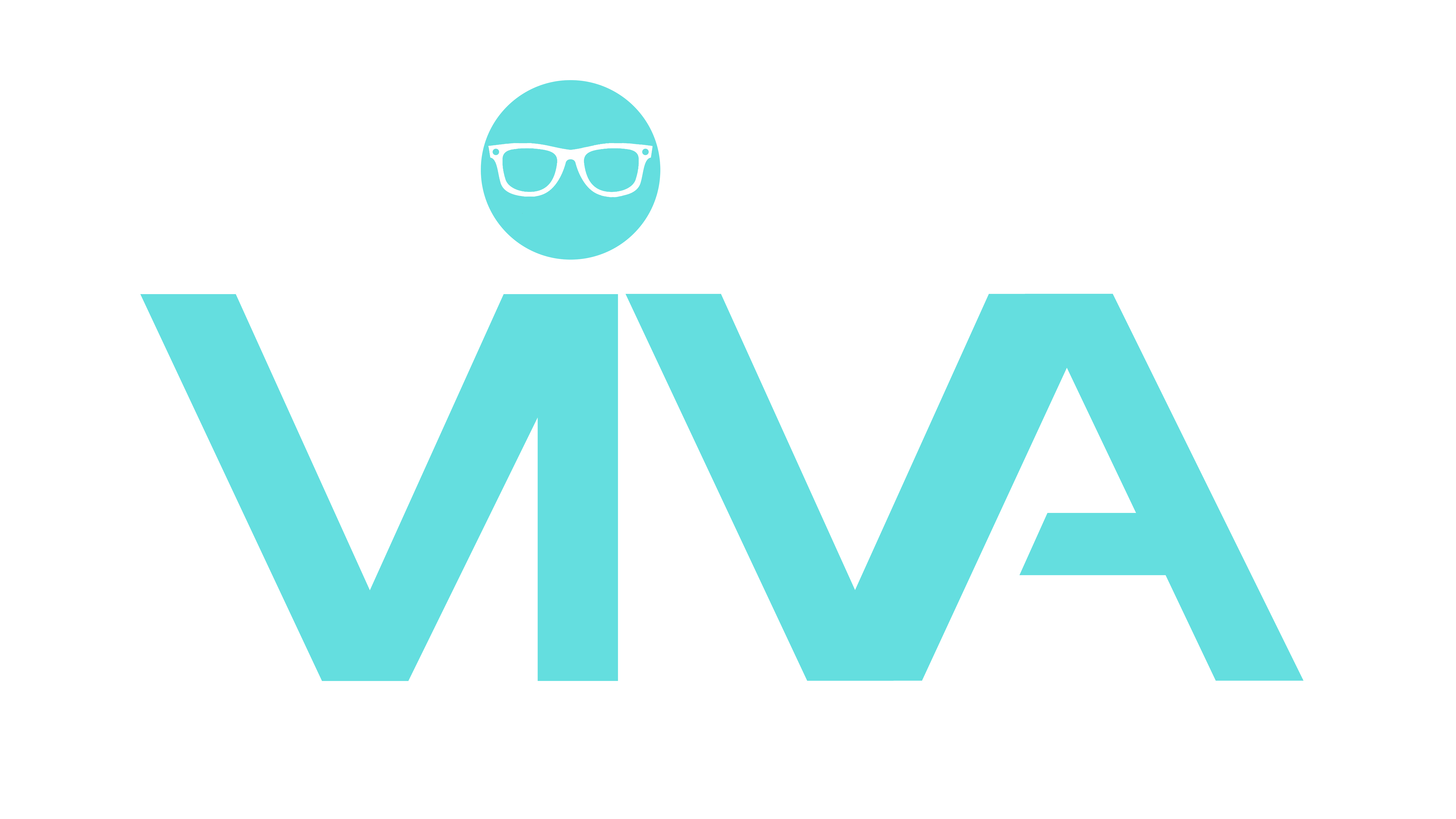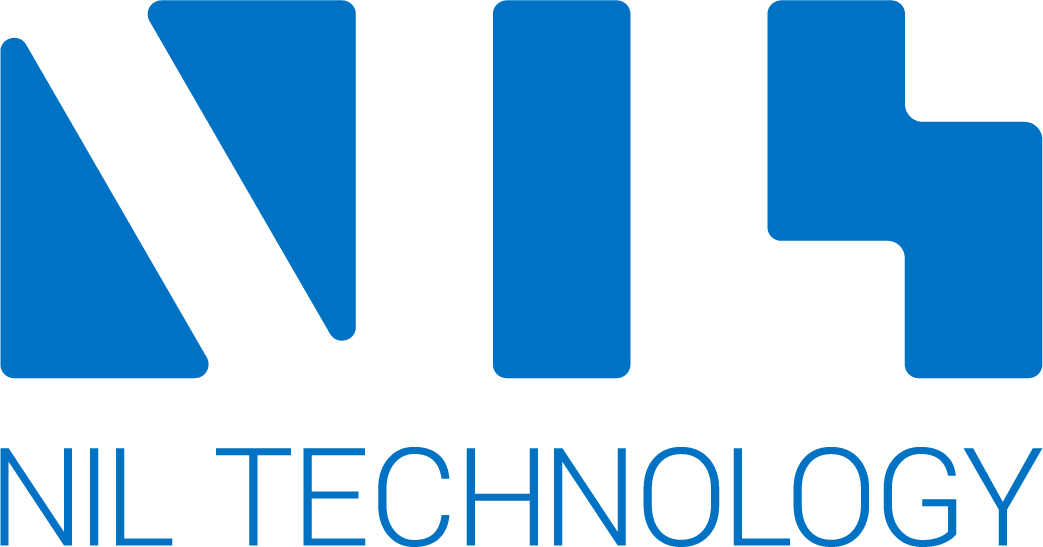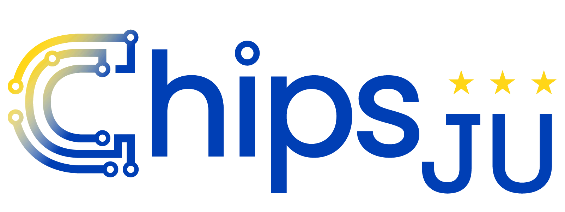Project Partners / Consortium
Robert Bosch GmbH
Mobility Electronics
The Mobility Electronics division develops, industrializes, and manufactures electronic automotive control units (ECUs) for the Bosch partner divisions in Reutlingen and Kusterdingen. In addition, Mobility Electronics is a leading supplier of semiconductors and sensors for the Bosch partner divisions as well as for external customers in the consumer goods and mobility industry, including OEMs and Tier 1 companies.
In the VIVA project, Mobility Electronics brings in its expertise in sensor packaging, electronics design, sensor test and ASIC manufacturing.
Bosch Research
At Bosch Research, research meets application. Around 1,800 experts around the world develop the technologies of tomorrow — and beyond.
The world in which we live is changing rapidly. Global megatrends such as climate change and digitalization influence virtually every area of day-to-day life. One thing that doesn’t change is Bosch’s mission to create technology that is “Invented for life” — in other words using technological innovations to improve people’s quality of life and using natural resources responsibly.
Bosch Research sees itself as the spearhead of innovation at Bosch: Our researchers are involved in around a quarter of the patent applications filed by Bosch. On the one hand, we help all Bosch divisions to develop the next generation of products or the generation after that. On the other hand, we look far into the future: with our partners in science and industry, we identify technologies and trends which will shape our lives in the future and make them usable for the entire company. As a global team with around 1,800 experts from all over the world, we cover a wide range of areas with our research. Whether it be automation, digitalization and connectivity, artificial intelligence (AI), electrification, climate action and sustainability or healthcare: Bosch Research combines top-level research with specific technological developments.
In the VIVA project, Bosch Research brings in its expertise with Laser Feedback Interferometry-based eye-tracking ranging from System Architecture through to system verification.
Bosch Sensortec GmbH
Bosch Sensortec GmbH, a fully owned subsidiary of Robert Bosch GmbH, develops and markets a wide portfolio of microelectromechanical systems (MEMS) sensors and solutions tailored for smartphones, tablets, wearables and hearables, AR/VR devices, drones, robots, smart home and IoT (Internet of Things) applications. The product portfolio includes 3-axis accelerometers, gyroscopes and magnetometers, integrated 6- and 9-axis sensors, smart sensors, barometric pressure sensors, humidity sensors, gas sensors, optical microsystems and comprehensive software. Since its foundation in 2005, Bosch Sensortec has emerged as the MEMS technology leader in the markets it addresses. Bosch has been both a pioneer and one of the leading providers in the MEMS sensor segment since 1995 and has, to date, sold more than 18 billion MEMS sensors.
The Bosch Smartglasses Light Drive provides a complete, ready-to-use solution for smaller, lighter, more stylish smartglasses. The solution is compatible with curved and corrective lenses. This all-in-one smartglasses system delivers a highly intuitive user experience as a convenient display extension, providing an alternative to smartphone or smartwatch screen-checking. The Light Drive is composed of a technology stack of Bosch optical, computing, and our optional standard-setting sensor components. The optical systems include MEMS mirrors with ASIC controller that precisely direct a low-power beam of light to the user’s eye. This technology paves the way for a day without digital fatigue.
In the VIVA project, we bring in our expertise in consumer electronics smart glasses system design and verification, ranging from the system level down to ASIC design.
TRUMPF Photonic Components GmbH & TRUMPF Photonic Components B.V.
TRUMPF Photonic Components GmbH/ Trumpf Photonic Components B.V. (hereinafter referred to as TPC) is the leading provider of laser technology and manufacturing solutions and a perfect partner for VIVA in connection with VCSEL (Vertical Cavity Surface Emitting Laser) development, which is the core component of the novel eye-tracking system.
The VCSEL enables the construction of miniaturized and precise optical sensors e.g. for detecting viewing direction and distance.
With more than 15 years of expertise in self-mixing interference sensors, TPC will develop models and hardware to test and understand the signal-to-noise performance of the ViP (VCSEL with integrated photodiode), enabling improved iterations of the technology.
Rheinisch-Westfälische Technische Hochschule Aachen
With around 47,000 students and 10,000 employees, RWTH Aachen University is one of the most renowned technical universities in Europe. The Chair for Technology of Optical Systems (TOS) belongs to the Faculty of Mechanical Engineering and conducts research and development in the field of photonics in close cooperation with the Fraunhofer Institute for Laser Technology ILT. Within VIVA, TOS will develop a holistic optical simulation model of an eye-movement measurement system that is investigated in the project. One research task is the multi-physical simulation of a VCSEL with an integrated photodiode and a meta-optical surface to determine the back-reflected light from the measured eye. A second research task focusses on the identification of meta-surface geometries fulfilling design requirements to investigate the fabrication by means of EUV interference lithography. .
Sigma Connectivity AB
Sigma Connectivity is a global design house and engineering services group. Together with the coolest tech companies in the world we redefine innovation. With a diverse pool of expertise and state-of-the-art labs, we help customers discover untapped opportunities within technology.
Our mission is to create value and drive growth by leveraging the power of connected devices and solutions within these industries: Consumer Products, Smart Homes, Buildings & Cities, Automotive, Industry 4.0 & Manufacturing, MedTech, CleanTech, Service IoT and Industrial & Retail Handhelds. We offer a wide range of delivery models, fully customizable to our customers’ development needs.
For the past ten years, we have successfully finalized over 2,000 projects, most of them are confidential due to requirement from customer. Having all resources needed to bring a product to market under one roof, we can ensure our client’s product launches with impact.
The main role of Sigma Connectivity AB in VIVA is the development of the embedded system interfacing with the new sensor technology, with the capabilities of running the required algorithms, as well as providing the external connections. Highly challenging is the size of the system (including battery, thermal efficiency, and effective power management), which will be sufficiently small to integrate into all-day wearable glasses. To leverage future market penetration of such all-day wearable smart glasses, weight is of paramount importance for consumer devices, so in general each gram of weight reduction matters to improve the user acceptance.
Public University of Navarra
The Public University of Navarre (UPNA) is a public university that engages in academic activities across all fields of knowledge: Engineering, Sciences, Health Sciences, Social and Legal Sciences, and Arts and Humanities.
UPNA is a key player in Navarre's research activity, which it organizes through research institutes, university-business chairs, and the creation of spin-offs. It boasts a research community of over 1,000 people and, in its commitment to competitiveness, has established six research institutes that bring together more than 500 of these individuals: the Institute of Smart Cities (ISC), the Institute for Advanced Materials and Mathematics (INAMAT²), the Institute for Advanced Research in Business and Economics (INARBE), the Institute for Sustainability & Food Chain Innovation (ISFOOD), the Institute for Advanced Social Research (I-COMMUNITAS), and the Institute for Multidisciplinary Research in Applied Biology (IMAB), with the aim of tackling complex projects in a multidisciplinary manner.
The GI4E (Gaze Interaction for Everybody) research group is part of the Department of Electrical, Electronics, and Communication Engineering. The group has over twenty years of experience in eye-tracking and gaze estimation, with a special focus on: low-cost eye-tracking, webcam-based gaze estimation, models for gaze estimation, algorithms for iris detection, head and face tracking, and head pose estimation.
In the project, their main activity is contributing to the tasks of modeling the gaze estimation problem and developing algorithms.
FORTecH Software GmbH
FORTecH Software GmbH, located in Rostock, Germany, is specialized in developing customer-specific software solutions for embedded systems and PC-based applications. Established in 1990, the company offers a comprehensive range of services, including embedded software engineering, full-stack software development, real-time image processing, and embedded test software.
With a team of highly skilled software developers and engineers, FORTecH serves its customers in industries such as automotive, medical technology, and industrial measurement technology. The company supports its clients throughout the product lifecycle, from product definition to handling peak workloads and executing complex tasks.
In the VIVA project FORTecH is working on porting and optimization of eye-tracking models to the embedded-system integrated into the glasses as well as software testing on the target. We will support the integration by doing software integration tests on a device prototype and providing firmware images and interfaces for configuration and calibration data.
Technische Universität München
Technical University of Munich (TUM) is a world-renowned university based in Munich, Germany. With its history dating back to 1868, TUM has established itself as a leader in scientific, engineering, and technological education and is regularly ranked among the top universities in the world. With its focus on research, TUM strives to produce groundbreaking innovations that can benefit society as a whole. The Chair of Human-Centered Technologies for Learning at the School of Social Sciences and Technology focuses on research and development in eye-tracking, human-computer interaction, extended reality, and generative AI.
Within the scope of the VIVA, the TUM team will primarily work on the development of a test bench for system testing and algorithm performance and lead the use case on cognitive load detection and attention tracking. Furthermore, the team will work on addressing the privacy issues of the eye-tracking data.
NIL Technology APS & NILT Switzerland GmbH
NIL Technology ApS (NILT) is an optical solutions company with extensive experience in designing, developing, and manufacturing optical elements and components using nanoscale features. NILT's commitment to quality and reliability is a fundamental aspect of their business philosophy. This reliability is crucial, especially when the system is intended for use in critical areas such as medical diagnostics, human-computer interaction, and scientific research.
Within the project, NILT will design the optical system required for the LFI sensor and develop meta-lenses/meta-optical elements (MOE) for integration with the ViP VCSEL. As a leading-edge technology company, NILT has firmly established itself as a trailblazer in the field of nanofabrication and precision manufacturing. Their expertise, dedication to innovation, and commitment to excellence make them an ideal partner to achieve the ambitious goals of VIVA. One of the primary reasons why NILT is a standout choice for VIVA is their extensive experience in nanofabrication and micro-optics.
Electrotécnica Alavesa SL
Electrotécnica Alavesa is an enterprise located in Vitoria (Spain) founded in 2009 with four business areas: automation and robotics, electrical installations, manufacture of electrical panels and industrial maintenance. Is part of the Aldakin Group, a business group with more than 35 years of experience that has 220 employees and 4 offices located in Spain. Aldakin won the 2023 Machine Tool Innovation Award, an award created by the European Association of Manufacturing Technologies (CECIMO) that aims to reward the best innovations in the machine tool sector.
Their primary focus on the VIVA project lays on dissemination and exploitation and the use case development. They will empower scientists and engineers, helping them to communicate with a non-expert public to bridge the gap between science, technology and society. They will also provide deep knowledge in important technological areas of the project, performing the use case development and the development and integration of the test-bench for the application Use Case.
TNO - Netherlands Organization for Applied Scientific Research
The Netherlands Organization for Applied Scientific Research (TNO) is a Research and Technology Organization (RTO) that provides extensive expertise, multidisciplinary capabilities, and dedication to research and innovation with societal impact. TNO’s expertise spans across various disciplines, including optics, optomechatronics, electronics, data processing, and biomedical optics including the modeling and interpretation of light-tissue interactions as well as the development of tissues-mimicking phantoms and model eyes.
Within the VIVA project, TNO will develop a realistic model eye that will be integrated in an eye-tracker test bench. In addition, TNO will be investigating future possibilities and associated high level technical requirements for obtaining medical/health information from the eye using smart eyeglasses with eye-tracking.
Morrow N.V.
Morrow is a pioneering technology startup that is revolutionizing the ophthalmic market with its cutting-edge electronic glasses. As a viable and comfortable alternative to conventional multifocal glasses, our product caters to a wide range of customers, from early presbyopes to seniors. We understand the challenges faced by individuals who rely on multifocal glasses, such as discomfort, safety concerns, and difficulty in adapting to the new lenses. Therefore, we have developed a game-changing electroswitchable technology that utilizes liquid crystal Fresnel lenses to provide exceptional vision quality for unpolarized light.
In the VIVA project, Morrow defines environmental constraints for a wearable eye-tracking system, addressing conditions like temperature, lighting, vibrations, and misuse scenarios. Next to that, we design and prototype the frame, focusing on sensor positioning, ergonomic design, and hardware integration. We also integrate the frame, validate sensor positions, ensure ergonomic compliance, and develop testing tools, overseeing the sourcing, manufacturing, and assembly of the final prototypes.















